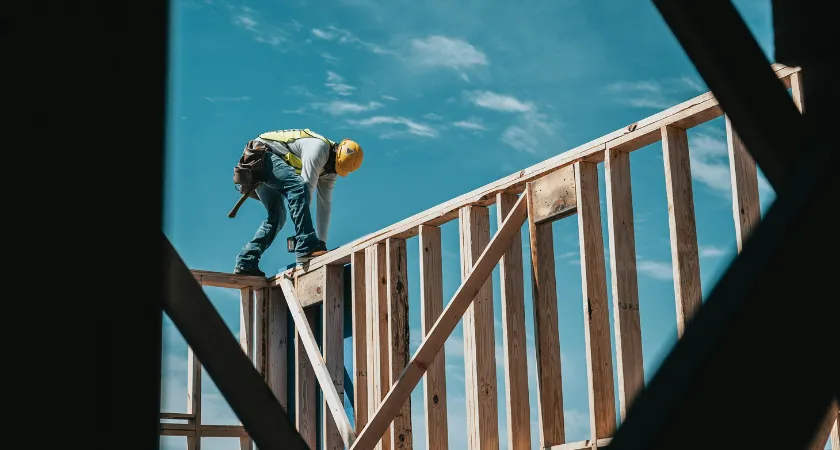
In southern Colorado Springs, a unique partnership is taking shape between the Widefield School District and Pikes Peak Habitat for Humanity to address the region’s deepening housing crisis and support local educators. Together, they are launching an affordable housing project that will provide homes for district employees while also serving as a hands-on learning opportunity for students.

The district owns undeveloped parcels of land originally set aside by developers, and leaders decided to turn the land into a resource for employees struggling with rising housing costs.
“So we decided to partner with Habitat for Humanity,” said Aaron Hoffman, Superintendent of Widefield School District.
The plan calls for 41 homes to be built, with 14 specifically reserved for district employees. Each house will be designed to match the needs of the applicant families, from single educators to larger households.
“They will build houses that make sense for the size of the family that is applying for the house,” Hoffman explained. “One of the things that they will do to make it affordable and to keep it affordable is they'll work with the home buyers to make sure that the house payment is no more than 30 percent of their family income.”
The program, modeled after Habitat’s successful community-driven model, is not a giveaway. Families must contribute at least 200 hours of “sweat equity”—helping to build their own homes and their neighbors’. In addition, future homeowners take classes in financial literacy and homeownership, contribute a down payment, and pay a subsidized mortgage.
“It's a great program and it benefits a lot of folks that would normally not qualify for conventional mortgage,” said Laura Williams-Parrish with Pikes Peak Habitat for Humanity.
The cost of construction averages $360,000 per home, a figure reflecting inflation and new tariffs that have pushed up building material costs. Despite that, Habitat’s reliance on 90 percent volunteer labor helps reduce expenses.

“It is high, but it could easily be 500,000,” Williams-Parrish said. She emphasized the long-term value of homeownership: “There's some equity that they can gain, and just the fact of having a home for the next generation. So many of our homeowners talk about, ‘I have something I can leave my kids.’ ‘They can come here for Christmas’ and things like that.”
The initiative comes at a time when Colorado educators are being priced out of the communities they serve. A 2022 Keystone Policy Center report found that fewer than 20% of homes on the market are affordable for the average teacher. The latest Keystone report, released this week, found that a lack of affordable housing is influencing career decisions and driving many teachers out of the profession.
“The housing crisis drives career decisions and pushes many qualified teachers out of the profession entirely,” the report noted.
To qualify for the new homes, families must earn between 40% and 80% of the area’s median income.
Other Colorado school districts have also experimented with housing solutions. In Aspen, the district built tiny homes in 2016, while Eagle School District started developing affordable rental housing for staff in 2020. With Widefield now moving forward, advocates see the model gaining momentum.
Williams-Parrish said the program’s impact will extend far beyond the first generation of homeowners: “Affordable homeownership can have a life-long, multi-generational impact.”
For Widefield, the initiative is both a way to retain staff and a chance to make housing construction part of the student learning experience—teaching young people workforce skills while directly investing in the community’s future.
Originally reported by Briana Heaney in CPR News.